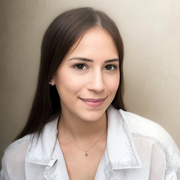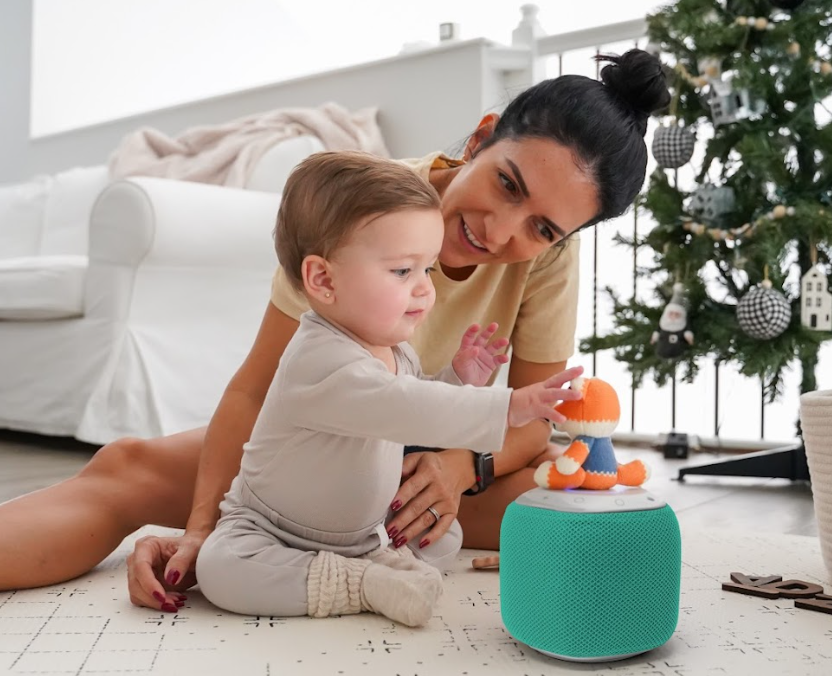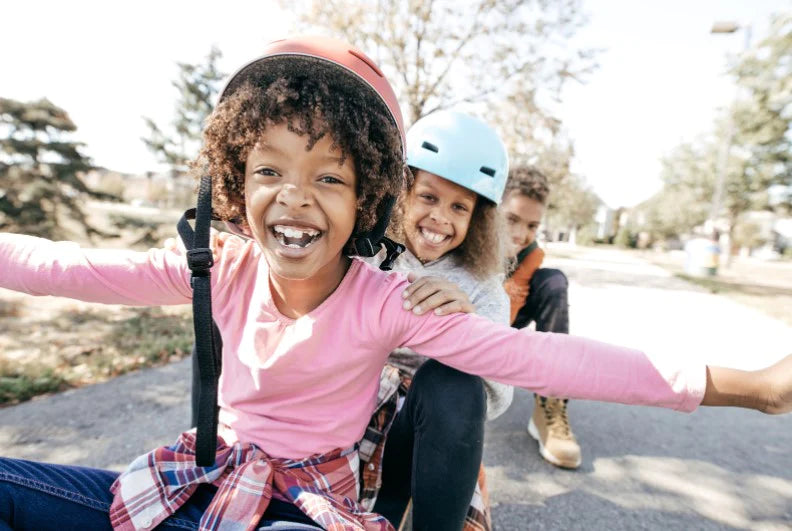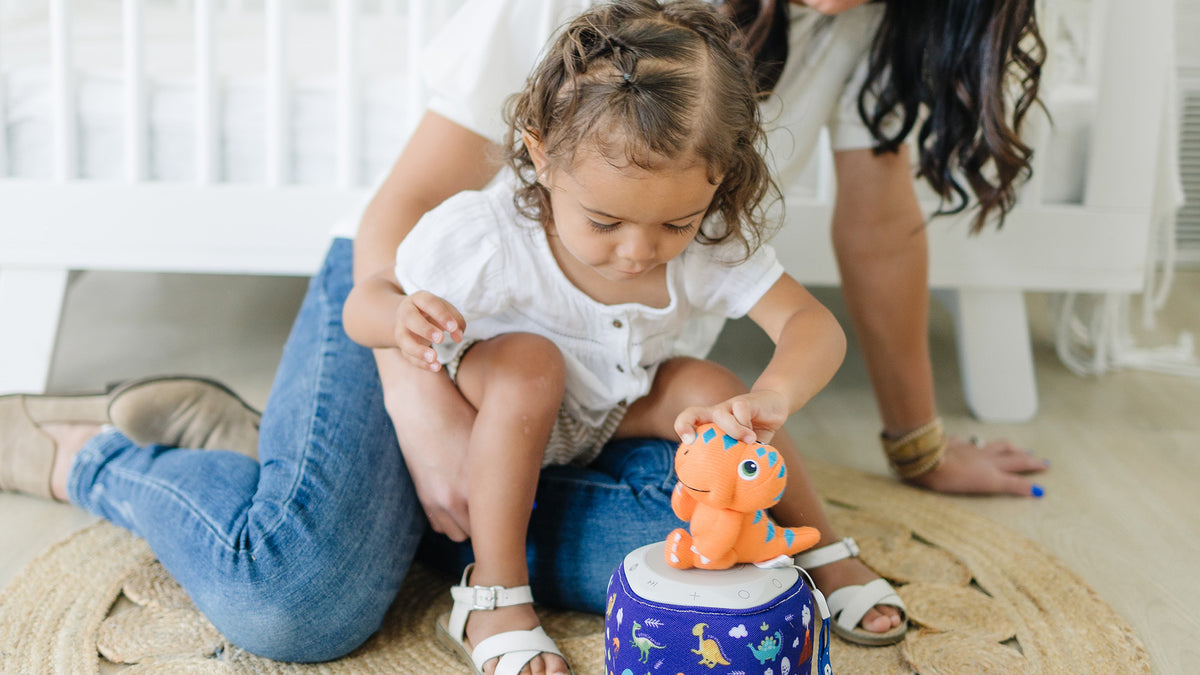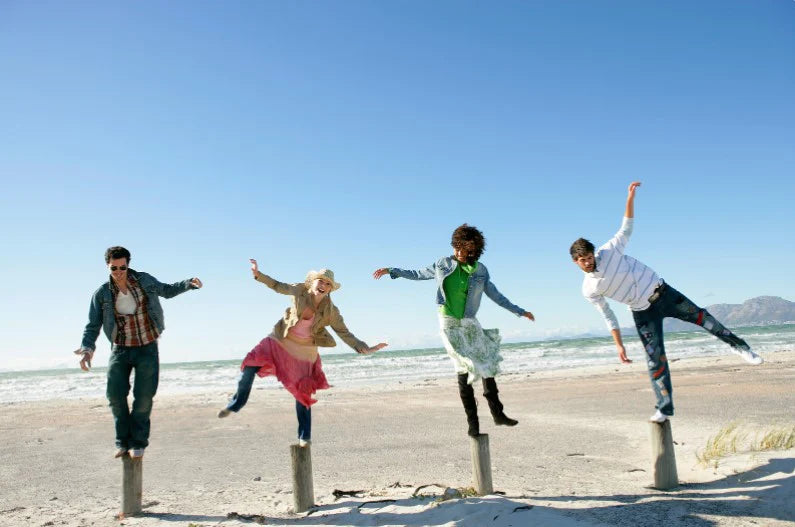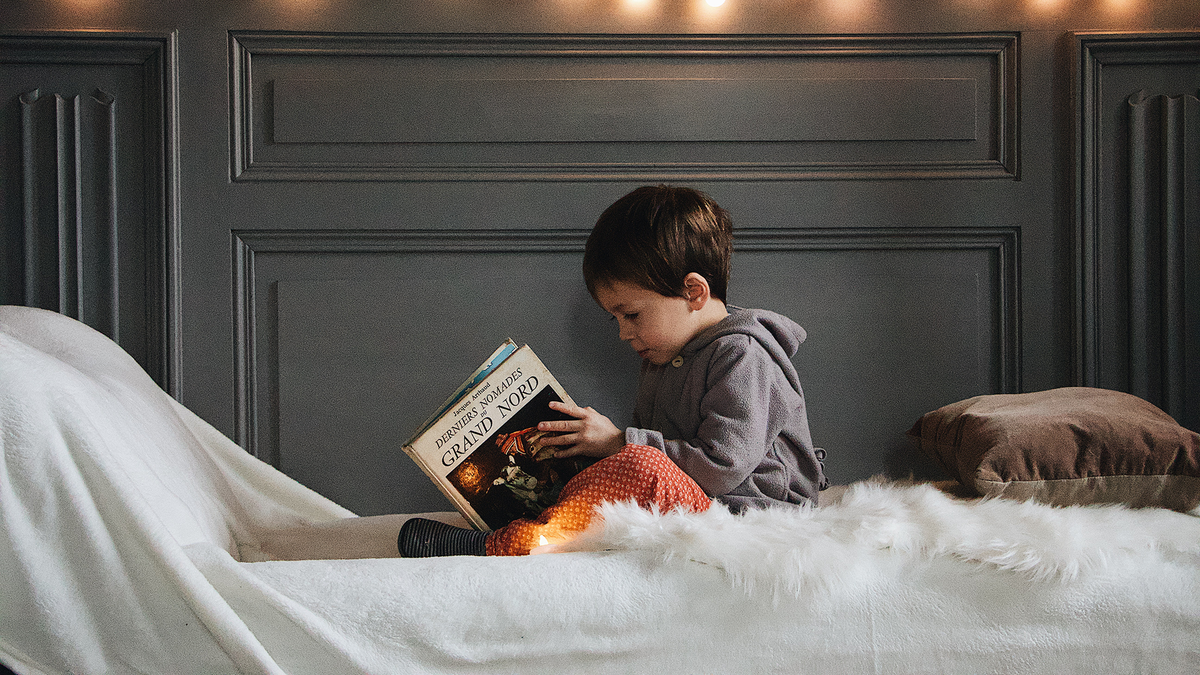It's been an exciting year with many new milestones and developments. This includes your child's language! By the end of the first year, most children will have developed some basic language skills that will set them up to really start talking in the next few years. Check out the list below to see if your soon-to-be-toddler is on the right track!
- Babbling - Babies will often start babbling around 3-4 months of age, producing a variety of sounds.Think experimenting with consonant-vowel patterns like, "ba-ba-ba" or playing around with the noises they can produce, like humming and screeching. By the end of the year though, many children will be able to say "mama" and "dada" and understand what it means!
- Gestures - By the end of their first year, children will be able to use gestures such as pointing or waving to communicate their needs and wants. Even though they aren't communicating with their speech, being able to communicate through motions is an important stepping stone in their language development.
- First words - Many children begin to say their first words around 12 months of age. Some of the most typical words include "no," "hi," "bye," and the ever popular "mama" and "dada". It's important to remember that all children develop at their own pace, so some may start talking earlier or later than others. In fact, during the first year of life, girls typically acquire language faster than boys. While it's good to be observant of other children to see if your child is on the right track, it's important to be mindful that no two children are the same!
- Understanding simple commands - Babies will begin to understand simple commands like "no" (many will understand this at around 10 months) or "come here" by the end of their first year. They may even understand something a bit more complex like, "Give Mommy the ball," when matched with gestures, like an outstretched hand or a finger pointing to the ball.
- Responding to their name - Children should respond to their name by the end of their first year. In fact, most babies will consistently understand and respond to the sound of their own name at around 6-9 months. It'll be a bit longer before your child is able to say their own name, however. This skill shows up at around 18-24 months!
Remember that all children develop at their own pace, so don't be too worried if your child is a little slower to develop language skills than other children their age. If you have concerns about your child's language development, speak with your pediatrician or a speech-language pathologist for guidance. If there is an issue, early intervention can often smooth things out.


